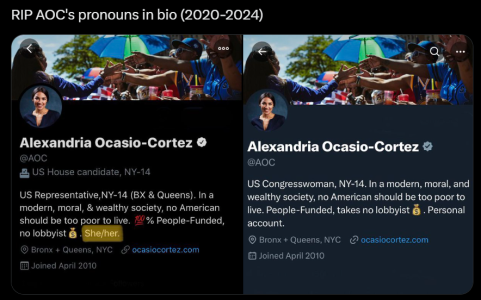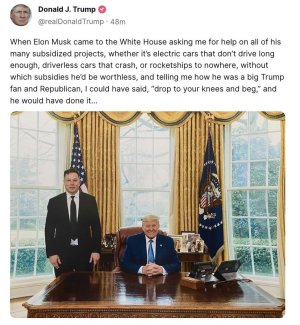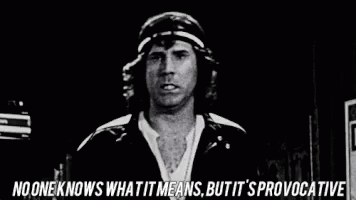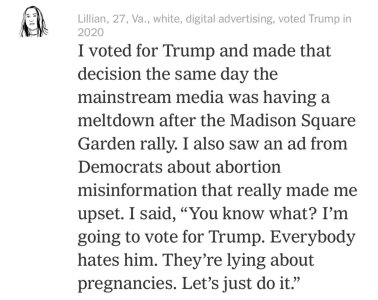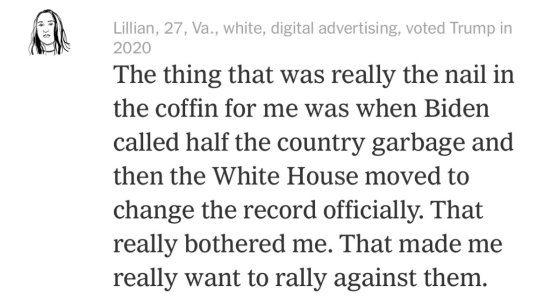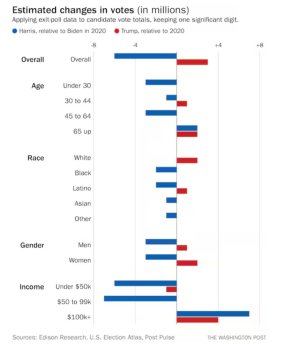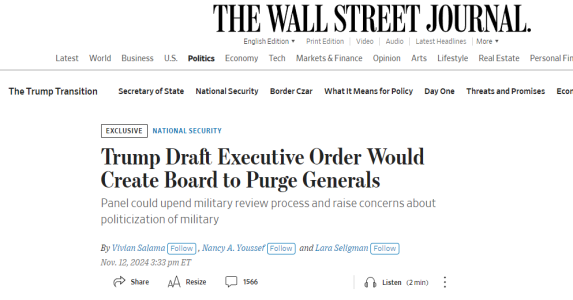Ronald A. Klain served as assistant to President Obama and oversaw the team implementing the American Recovery and Renewal Act from 2009-2011. He was an adviser to Hillary Clinton in the 2016 campaign. The views expressed here are solely his own.
As the White House official responsible for overseeing implementation of President Obama’s massive infrastructure initiative, the 2009 Recovery Act, I’ve got a simple message for Democrats who are embracing President-elect Donald Trump’s infrastructure plan: Don’t do it. It’s a trap. Backing Trump’s plan is a mistake in policy and political judgment they will regret, as did their Democratic predecessors who voted for Ronald Reagan’s tax cuts in 1981 and George W. Bush’s cuts in 2001.
First, Trump’s plan is not really an infrastructure plan. It’s a tax-cut plan for utility-industry and construction-sector investors, and a massive corporate welfare plan for contractors. The Trump plan doesn’t directly fund new roads, bridges, water systems or airports, as did Hillary Clinton’s 2016 infrastructure proposal. Instead, Trump’s plan provides tax breaks to private-sector investors who back profitable construction projects. These projects (such as electrical grid modernization or energy pipeline expansion) might already be planned or even underway. There’s no requirement that the tax breaks be used for incremental or otherwise expanded construction efforts; they could all go just to fatten the pockets of investors in previously planned projects.
Moreover, as others have noted, desperately needed infrastructure projects that are not attractive to private investors — municipal water-system overhauls, repairs of existing roads, replacement of bridges that do not charge tolls — get no help from Trump’s plan. And contractors? Well, they get a “10 percent pretax profit margin,” according to the plan. Combined with Trump’s sweeping business tax break, this would represent a stunning $85 billion after-tax profit for contractors — underwritten by the taxpayers.
Second, as a result of the above, Trump’s plan isn’t really a jobs plan, either. Because the plan subsidizes investors, not projects; because it funds tax breaks, not bridges; because there’s no requirement that the projects be otherwise unfunded, there is simply no guarantee that the plan will produce any net new hiring. Investors may simply shift capital from unsubsidized projects to subsidized ones and pocket the tax breaks on projects they would have funded anyway. Contractors have no obligation to hire new workers, or expand workers’ hours, to collect their $85 billion. To their credit, the plan’s authors don’t call it a jobs plan; ironically, it is Democrats looking to align with Trump who have given it that name. They should not fool themselves.
Third, because there is no proposed funding mechanism for Trump’s tax breaks, they will add to the deficit — perhaps as much as $137 billion. Yes, some economists think more deficit spending will boost growth. But you can be sure of this: In Trump’s hands, rising deficits will be weaponized to justify future cuts in health care, education and social programs. Just as David Stockman used deficits caused by the Reagan tax cuts as a rationale to slash social programs three decades ago (the “starve the beast” theory), the deficits caused by Trump’s infrastructure tax cuts will be used to justify cuts in programs. Thus, Democrats should know that every dollar spent on the Trump tax scheme to enrich construction investors and contractors is a dollar that will later be cut from schools, hospitals and seniors.
Fourth, if the Republican approach to the Recovery Act is any indication, the Trump plan will come chock-full of policy changes that undermine core Democratic principles. Buried inside the plan will be provisions to weaken prevailing wage protections on construction projects, undermining unions and ultimately eroding workers’ earnings. Environmental rules are almost certain to be gutted in the name of accelerating projects.
I understand why Democrats are searching for areas where they can make progress under a Trump presidency and why some Democrats say they won’t follow the Republican example of 2009 — when the GOP minority unanimously opposed the Recovery Act, even after intense negotiations with them diverted one-third of the plan to tax cuts. It is possible that Trump may modify the plan he released in October, and some Trump advisers are talking about sweetening the deal for Democrats by adding an “infrastructure bank.” But even with such an addition, the Trump plan would not be a reasonable compromise — acceptance of its huge tax breaks for construction investors and profits for contractors would be a wholesale concession. Democrats supporting such a deal in the moment will find that their votes will wear poorly in the future.
After the disappointing election results, Democrats are looking for ways to connect with working-class voters — and Trump’s plan appears to offer that. But when the plan is passed and those voters see that it fattens investors’ and contractors’ pockets (but not workers’), creates few jobs, depresses wages and damages our environment, they will sour on it and turn against its backers. Democrats may lack the votes to stop Trump’s plan, particularly if the GOP uses extraordinary legislative vehicles or processes to pass it. But Democrats should not add their votes and credibility to this poorly designed initiative.



 like that is challenging or something.
like that is challenging or something.








